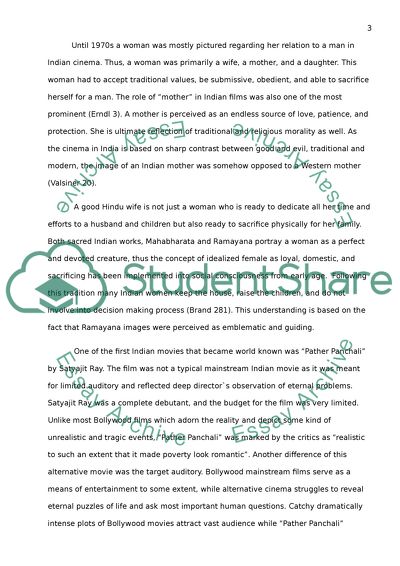Cite this document
(“Traditional Femininity vs Modern Femininity in Indian Cinema Research Paper”, n.d.)
Traditional Femininity vs Modern Femininity in Indian Cinema Research Paper. Retrieved from https://studentshare.org/visual-arts-film-studies/1647051-393-research-paper
Traditional Femininity vs Modern Femininity in Indian Cinema Research Paper. Retrieved from https://studentshare.org/visual-arts-film-studies/1647051-393-research-paper
(Traditional Femininity Vs Modern Femininity in Indian Cinema Research Paper)
Traditional Femininity Vs Modern Femininity in Indian Cinema Research Paper. https://studentshare.org/visual-arts-film-studies/1647051-393-research-paper.
Traditional Femininity Vs Modern Femininity in Indian Cinema Research Paper. https://studentshare.org/visual-arts-film-studies/1647051-393-research-paper.
“Traditional Femininity Vs Modern Femininity in Indian Cinema Research Paper”, n.d. https://studentshare.org/visual-arts-film-studies/1647051-393-research-paper.


